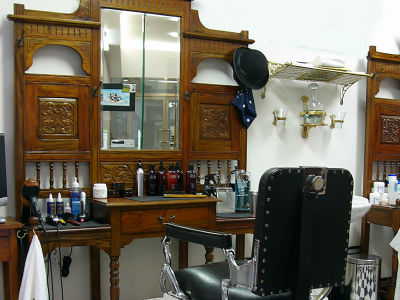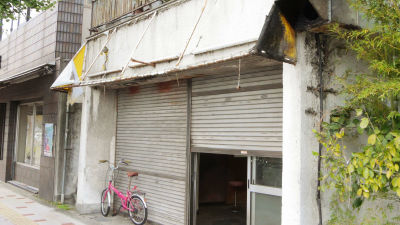I went to Tobita Shinchi, where more than 150 buildings from Japan's largest red-light district still remain.
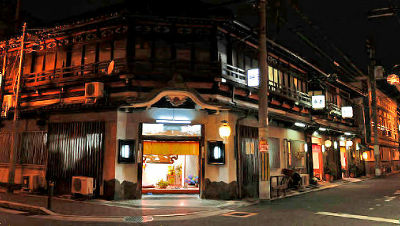
Tobita Shinchi in Nishinari Ward, Osaka City, is one of the largest remaining red-light districts in Japan, and according to
So, I went to see what kind of buildings are still left in the town.
The area called 'Tobita Shinchi' is an area of Sanno 3-chome, Nishinari Ward, Osaka City.
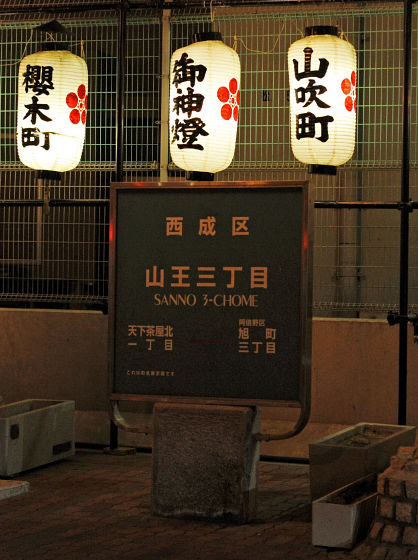
This is what I see on Google Maps.
At first glance, there are two-story buildings that look like small restaurants.
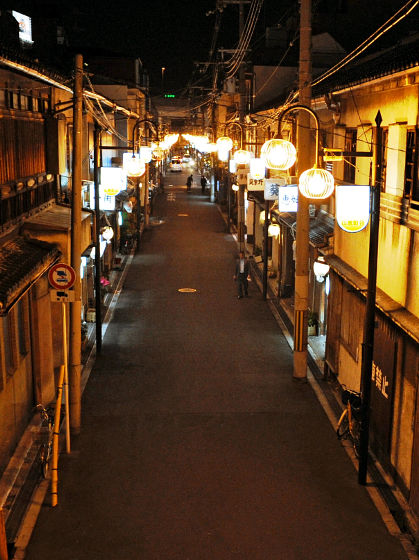
The map at the site looked like this. In fact, there are more stores than those named here.
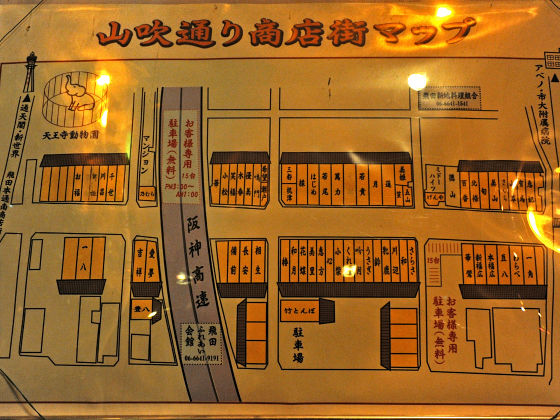
Nearby is
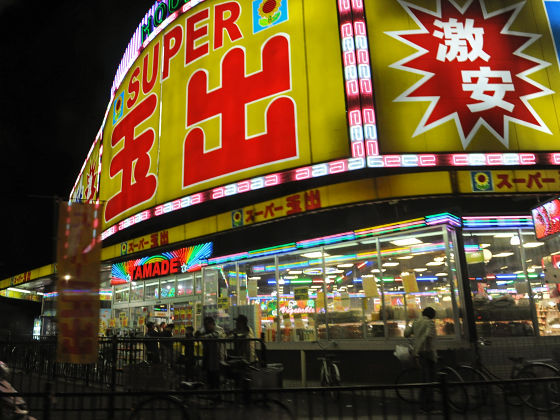
This is the building of the Tobita Cuisine Association, which governs the shops operating in this area.

The signboard of 'Tobita Shinchi Cuisine Association'.
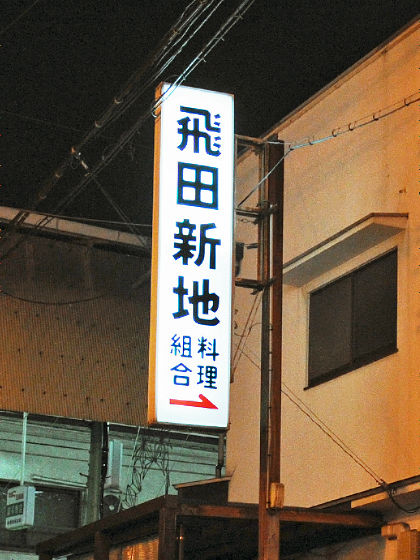
As you go further, you will see a row of ``
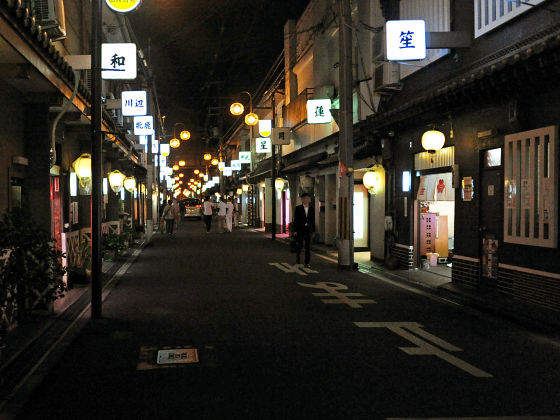
Office ladies returning from work and aunties going shopping are also walking normally.
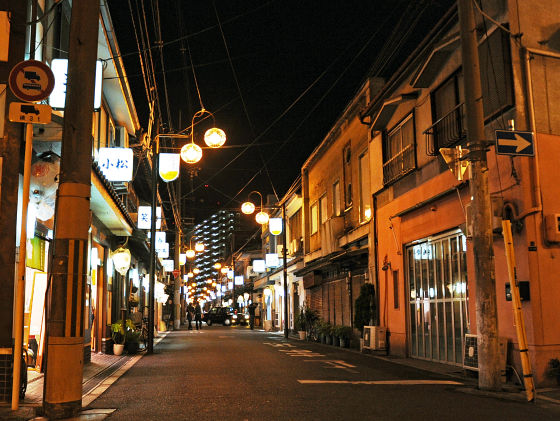
If you look closely, you'll see signs everywhere that say 'Hostess Urgently Wanted'.
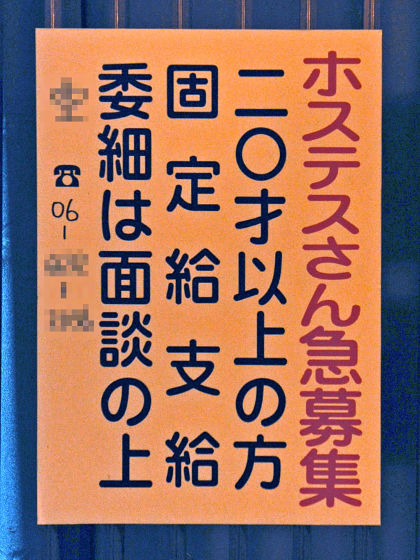
Furthermore, this time there is a sign saying ``We are looking for transporters.'' ``Okashi'' refers to a waitress who carries food at a Japanese restaurant, but in this place, it seems to mean ``a waitress who engages in free love with customers.''
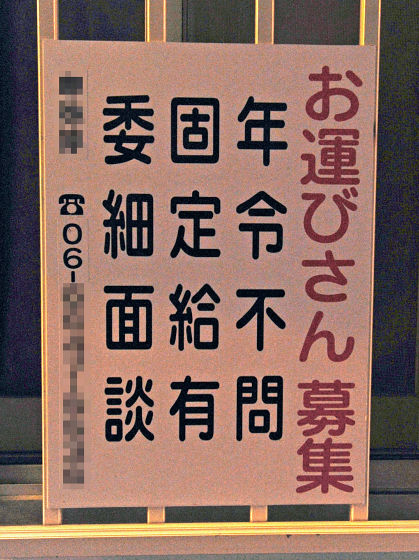
This is what the store looks like.
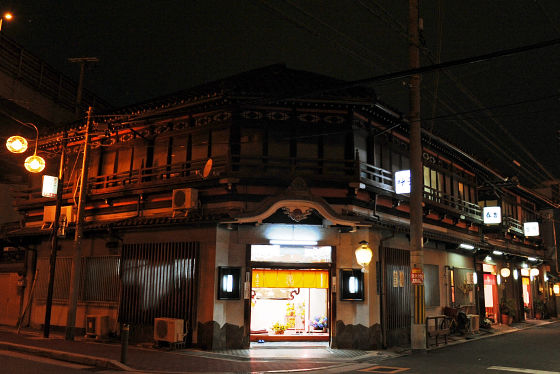
The room is brightly lit, and there is usually a young woman who serves the customers and an older woman who does things like attract customers and handle the bill.
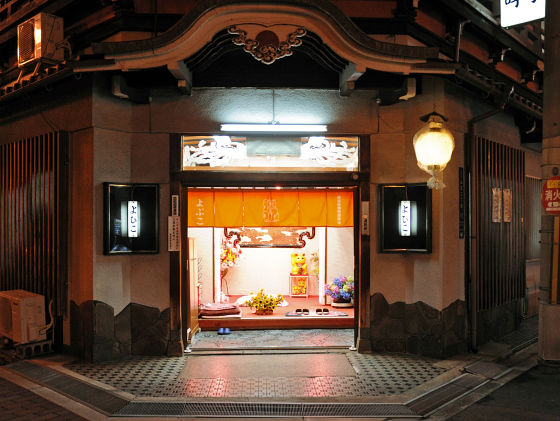
Persons under 18 years of age are prohibited from entering the store.

Another shop looks like this.

Lanterns are hung at the eaves.
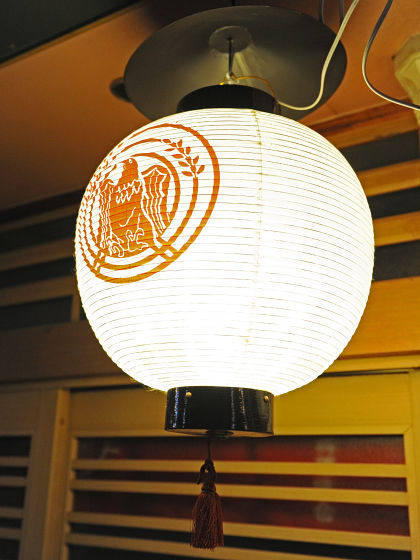
It seems that the actual service is performed in the rooms on the second floor of any shop.
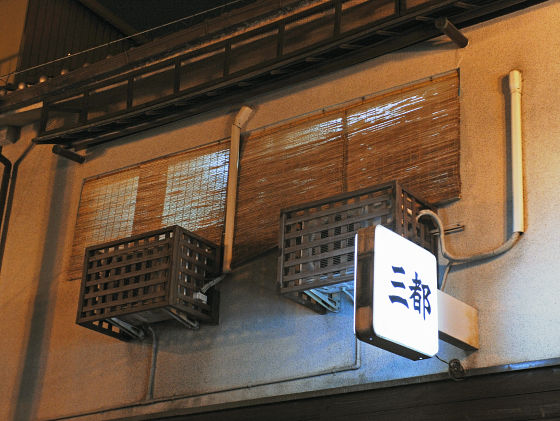
The interior of the first floor looks like this.
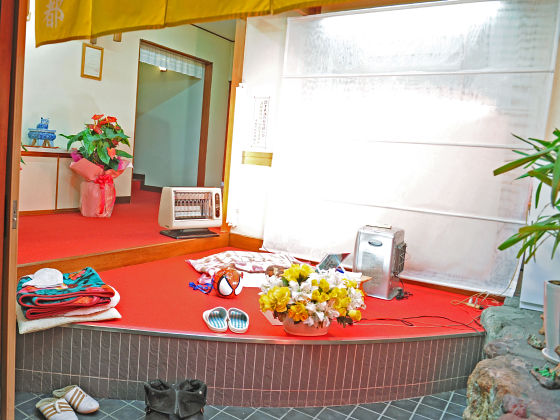
There was a sign saying that no one under 20 was allowed to drink alcohol.
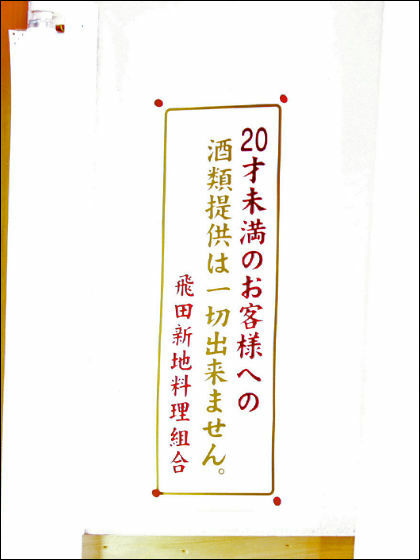
When there are customers inside the store and the service is being performed, the inside of the store seems to be empty.
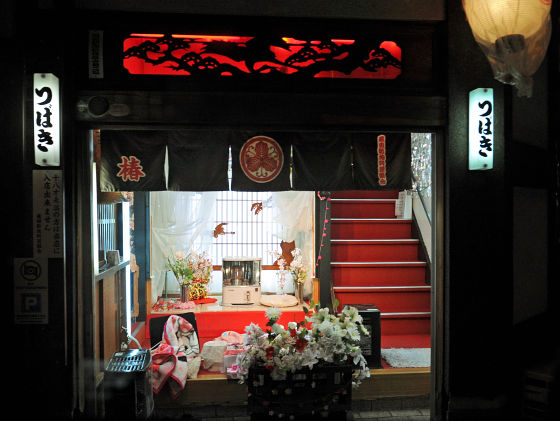
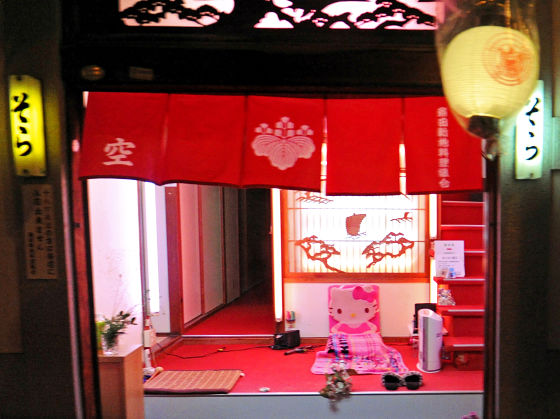
When there are no customers, a woman serving the customers sits inside.

In most cases, another older woman acts as a tout.
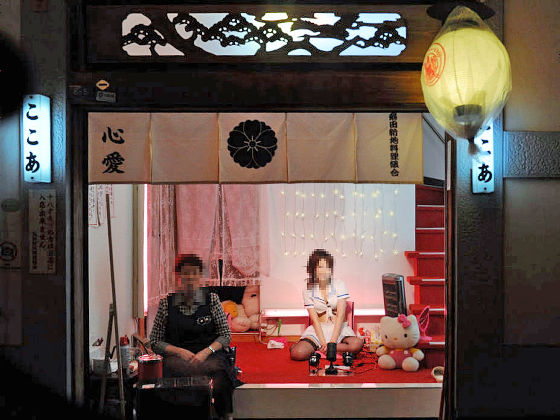
In this way, you can say things like, ``Brother, please stop by'' or ``There's a cute girl here.''
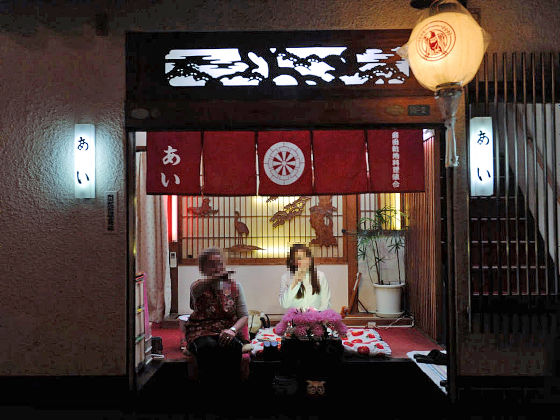
All of the shops are designed in the same way, with the shop name written on the left and right sides of the entrance, and the women sitting behind the curtain.
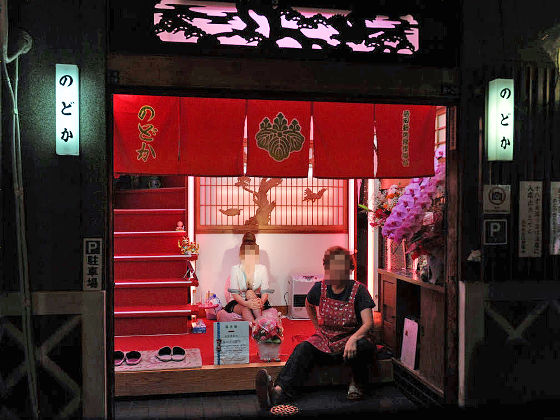
This style is thoroughly followed in all the stores, and all the stores have a similar atmosphere as shown below. There is no doubt that this is one of the reasons why the landscape and culture of that time remain so vivid even today.
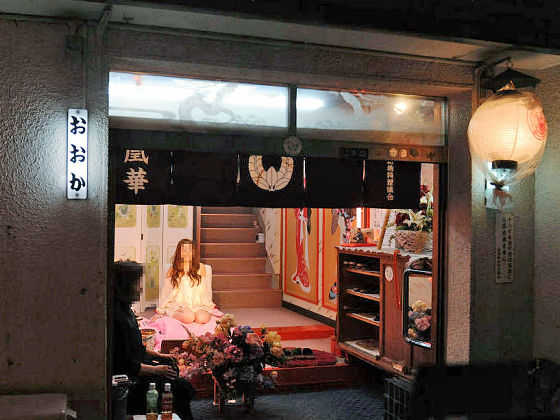
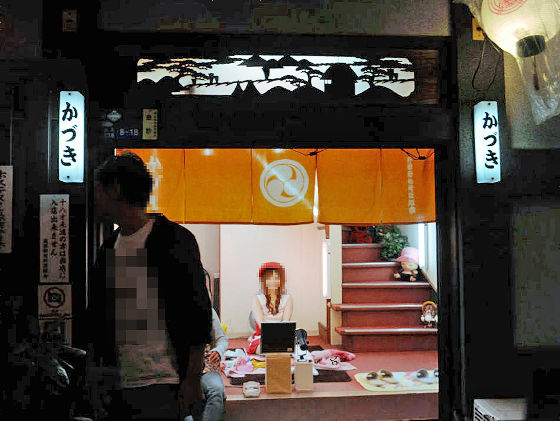
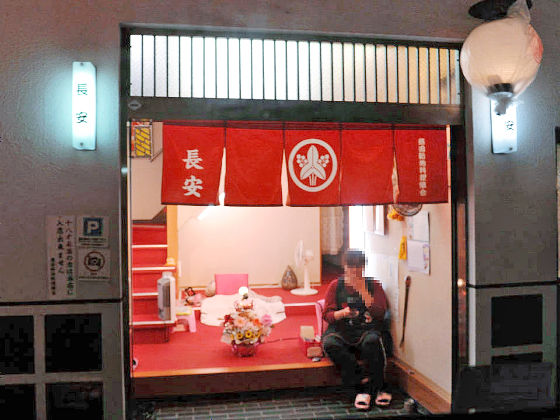
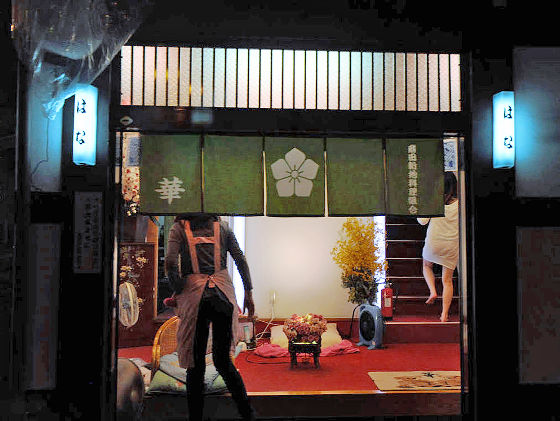
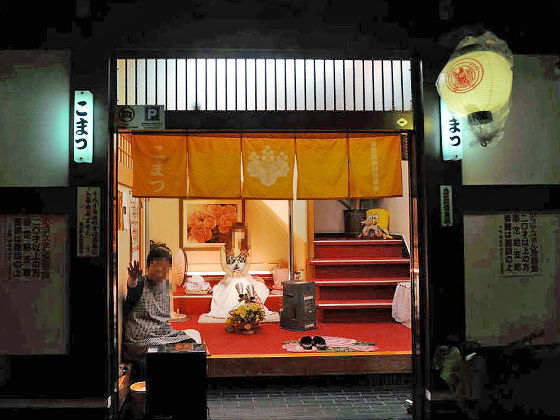
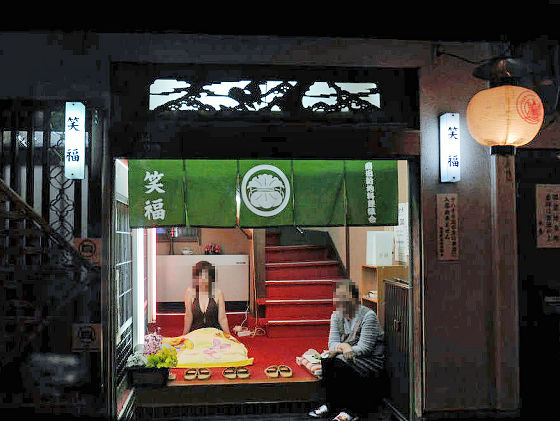

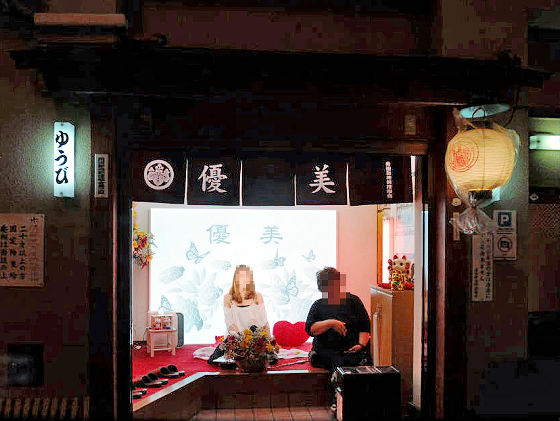
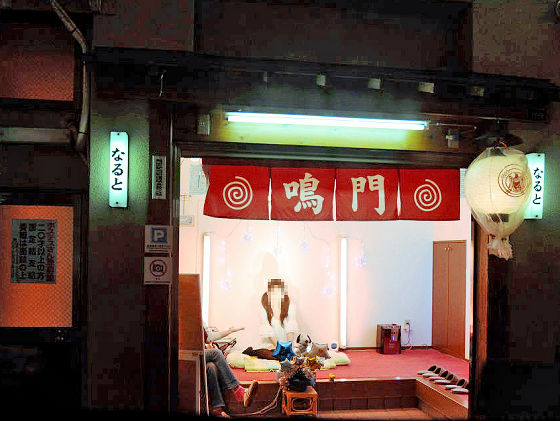
Ritsuko Inoue , a freelance writer who has been reporting on this area for more than 10 years and has written books such as `` Saigo no Iromachi Tobita, '' writes on the Chikuma Shobo website that ``It is about 400 meters square. On this land, there are about 160 ``restaurants'' lined up, and there are hikiko children who call each other ``Nii-chan, ni-chan.'' A smiling young woman is sitting on the stile, illuminated by red electricity. A man who becomes a customer drinks beer or juice in a room on the second floor, and while talking with a woman, they fall into a romantic relationship. Ostensibly, it is a place where sexual services are performed openly.
Similarly, Wikipedia's entry for `` Tobita Yukaku '' states, ``After the enforcement of the Prostitution Prevention Act in 1958, it became the restaurant district ``Tobita Ryori Kyoiku,'' which still retains the atmosphere of that time. Although the signboard for ``Ryotei'' is a Japanese restaurant, the business operations are no different from before 1958. By apparently converting to a Japanese restaurant, she was able to escape the anti-prostitution law by evading the law by having a free love affair between a customer and a waiter inside the restaurant.' The article ``Japan Real Time '' states, ``After the anti-prostitution law was enforced in 1958, these establishments turned into ``restaurants.'' But don't be fooled by the appearance.'' In Japan, where rebuilding is commonplace, Tobita Shinchi is unique in Osaka for its well-preserved buildings.Many of the buildings were built immediately after the end of the war.The wooden architecture that makes Tobita Shinchi's mysterious charm Like the wooden carvings in the entrance hall, the past prosperity is etched into place.'' ``Let me remind you in advance that this is 21st century Japan. The women who do this often wear the uniforms of high school girls or nurses. ``Mama-san'' beckons customers and offers to negotiate.''
In this way, it has become a place where all kinds of 'contradictions' that continue to the present day are condensed, so I have no idea how long this state can continue, but in any case, it is extremely It is certain that it is a mysterious place.
In addition, the restaurant `` Taiyoshi Hyakuban '' that operates in a corner of Tobita Shinchi is a real restaurant, even though it is located in a building that is a registered tangible cultural property of the country, so in a sense, you should be careful. Is required.
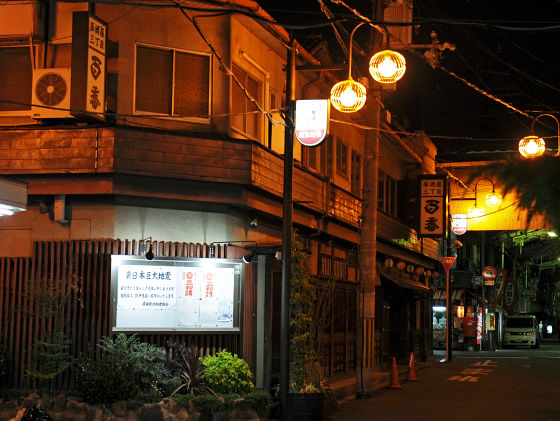
Related Posts:
in Coverage, , Posted by darkhorse_log




